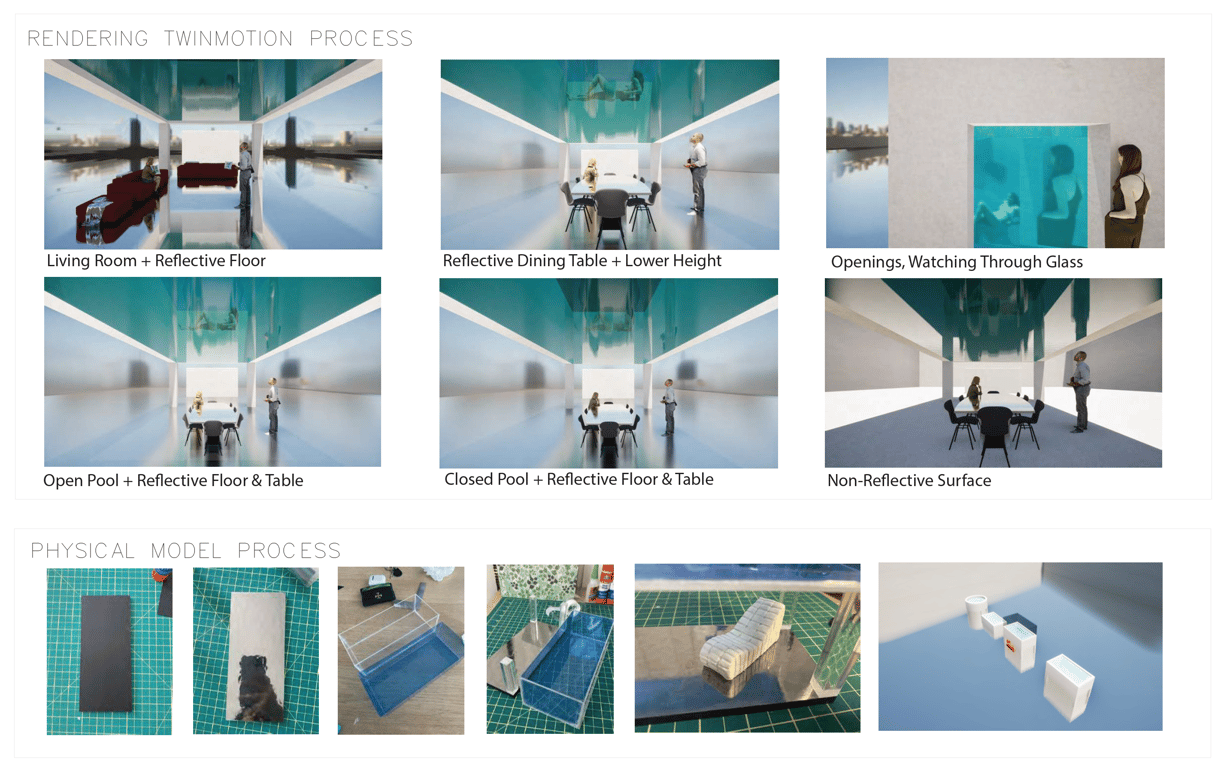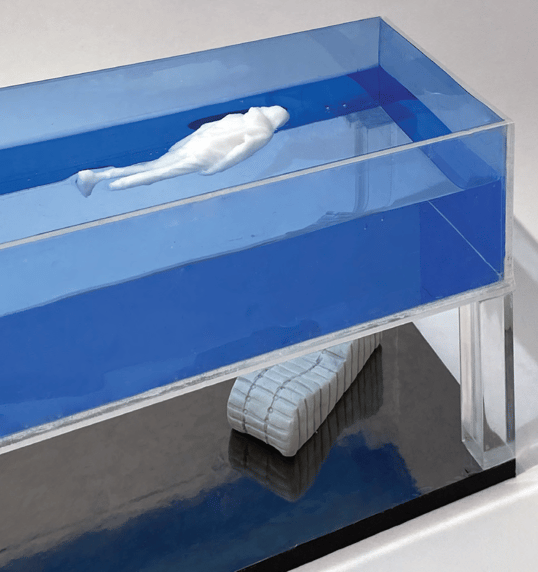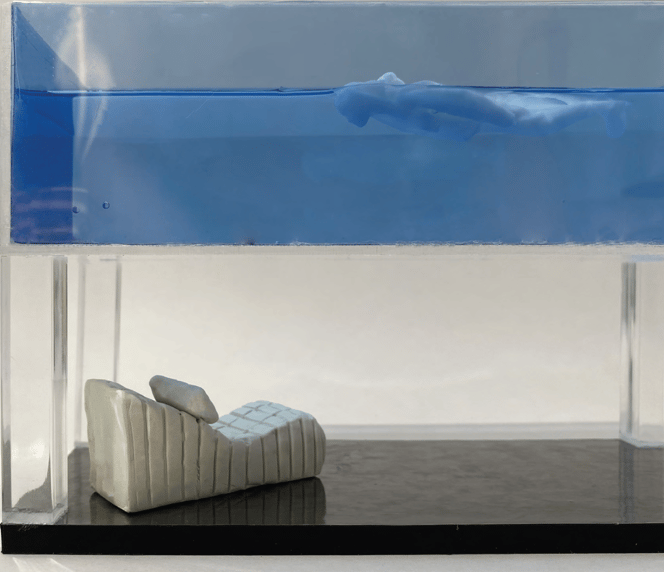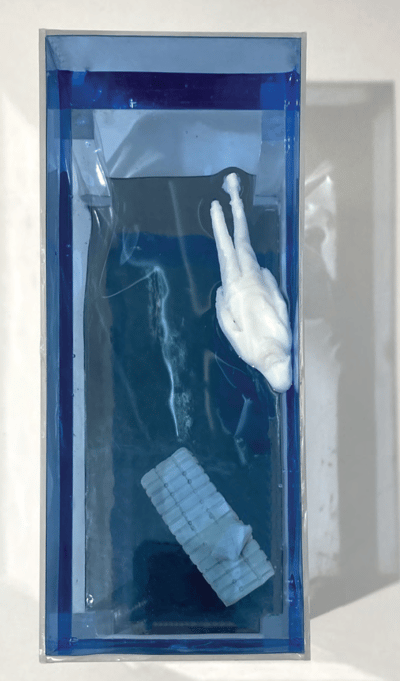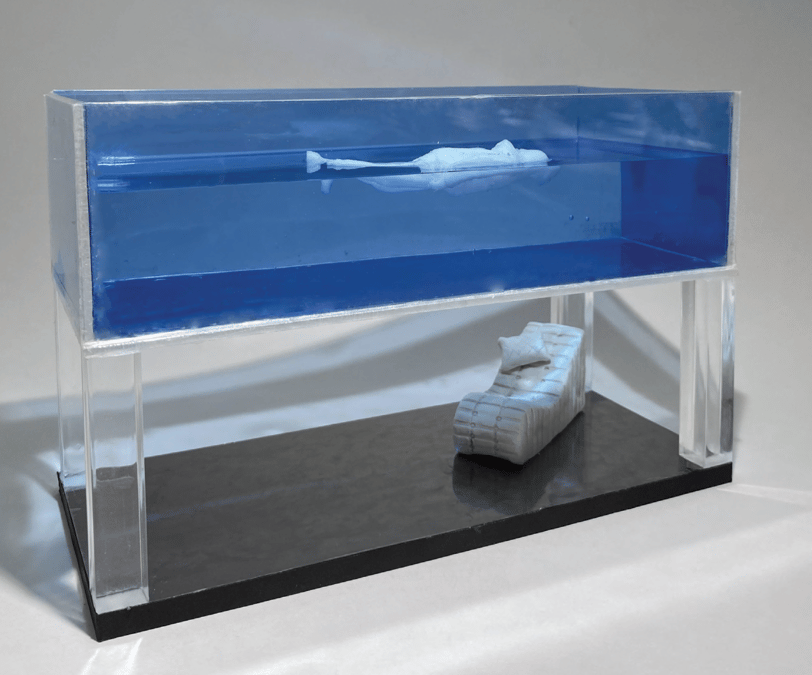Reflections
Inspired by the homes Adolf Loos built, demonstrating an exploration of the uncanniness with the materiality of glass, mirrors, and swimming pools.
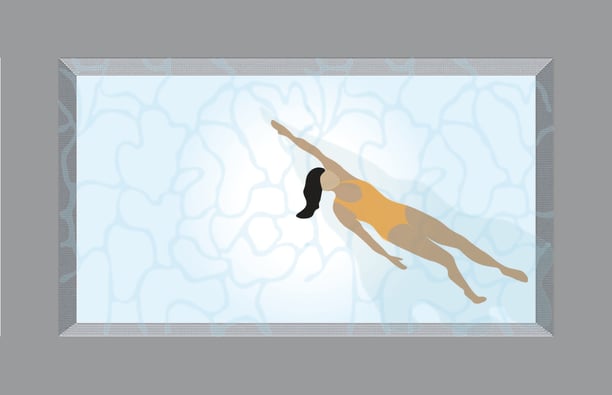

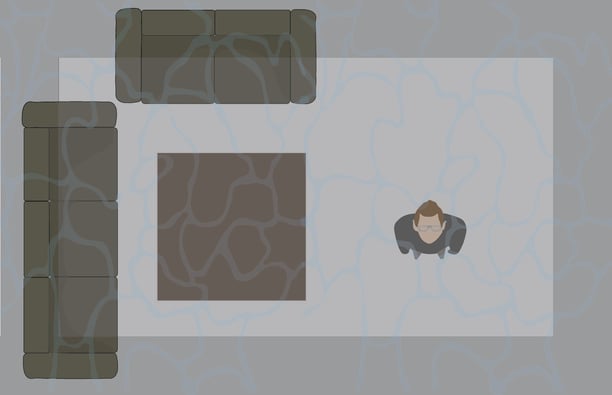

Proposal
Exploring the relationship between interior/private and exterior/public, the uncanny feeling often happens when something is unexpected and unfamiliar in the space. Some designers bring the “outside” of thought into an interior, bringing concepts and spaces you would not commonly see inside. An example of this concept is Josephine Baker’s House, where Adolf Loos designed a swimming pool inside on the top floor, illustrating an uncommon design where pools found outside are brought inside. The swimming pool explores the relationship between the host and the guest through the windows on the side, portraying an uncanny intimate relationship. As the pool itself is uncommon, the gaze it targeted towards the pool and the windows allows guests to watch such an intimate activity, as it is also placed within the home. The guest intrudes into the hosts' space and being watched gives an uncanny sense as it provokes anxiety, not knowing, and fear.
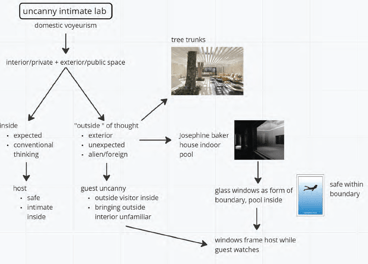

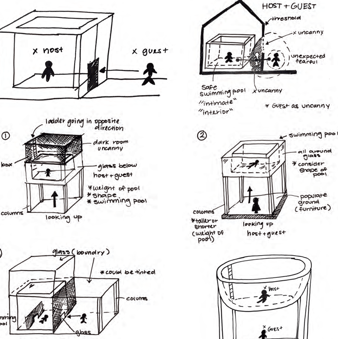

Process
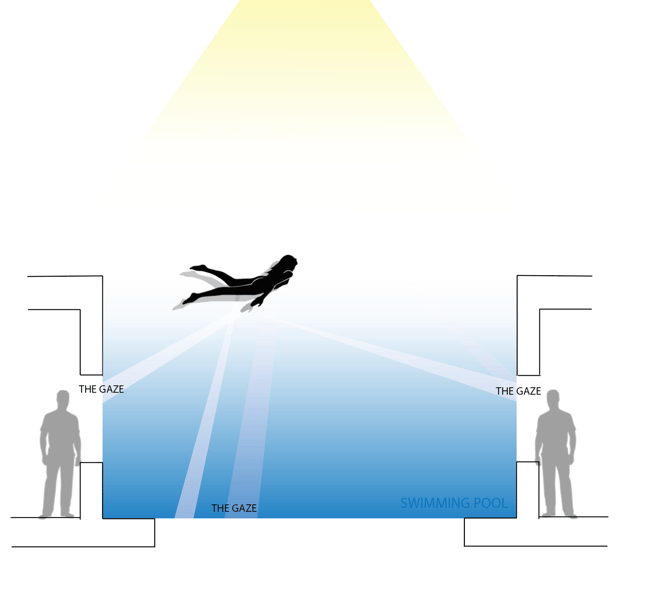

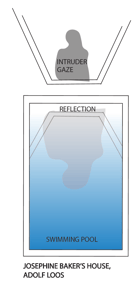

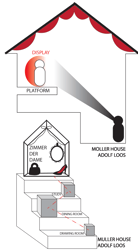

Dossier
The uncanny found within this concept is the swimming pool as the main space creating an uncanny relationship between the host and the guest using glass and mirror as the main material. The Domestic Voyeurism: Split Wall by Beatriz Colomina explores the relationship between host and guest. In many of Adolf Loos' homes, Loos uses height to emphasize what should be looked at. Solely focusing on the gaze of the guest intruding into the hosts' personal space. An example of this is pools.
Swimming pools are commonly found within the ground outside, rather than inside and elevated. Thus, creating an uncanny feeling towards the interior. Additionally, when the pool is on an elevated platform it creates fear as it is commonly found in the ground giving a sinking feeling. However, when it is on a higher level, it creates a sense of falling rather than drowning. The placement of the pool and the glass is critical, what we are able to see first can switch the roles of who may be intruding and who may be inhabiting the space, creating a different boundary/relationship between them. The main element found within this concept is glass. The glass creates a boundary between spaces. In interior design, glass has the capability to create an illusion that a space feels more open than it really is while linking the exterior and interior together. This concept of linking the interior with the exterior creates a relationship between objects found within both spaces. The glass and the mirror allow the gaze into the pool, allowing visitors to watch such an intimate activity. Including the host inhabiting the space, and the guest intruding into the space illustrating an uncanny intimate connection. Bringing the pool (an exterior element) into the interior also creates that uncanny feeling of unfamiliarity and intrusion.
In my manifestation, I placed glass below the swimming pool to create an unusual relationship between the host and guest, portraying confusion about who may be intruding into the inhabitant’s space. The swimming pool is accessible to whoever inhabits that space, and visitors entering the space can visualize the swimming pool above them. Although the guest is intruding into the host’s space, the host may be watching the guest as they are naturally looking down, and it is uncommon for the guest to look up. Furthermore, the mirror on the ground encourages the guest to look up. The idea of being watched creates a sense of anxiety, discomfort and fear.
Colomina, Beatrice. (1992). The split wall: domestic voyeurism. In Beatriz Colomina (Ed.), Sexuality & space (pp. 73-130). Princeton Architectural Press.
